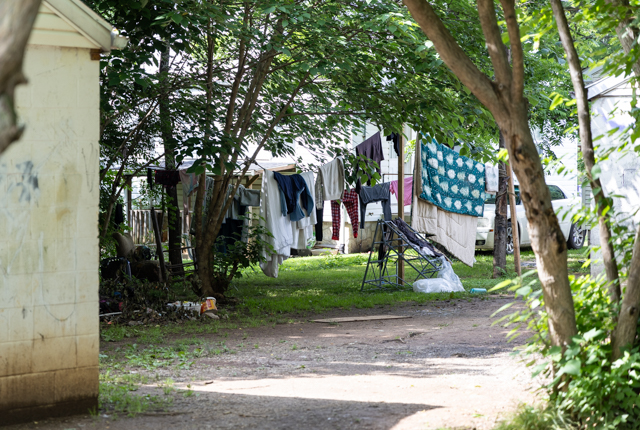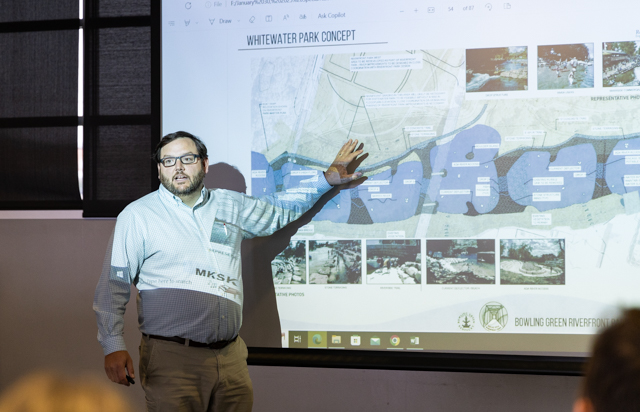Farming conservation program expands to Barren River region
Published 12:00 am Sunday, March 4, 2007
The Farm Service Agency announced expansion of a conservation program this week to include the Green River Watershed from Mammoth Cave National Park to its confluence with the Barren River.
The new area includes all or portions of Adair, Allen, Barren, Butler, Edmonson, Grayson, Green, Hart, Logan, Metcalfe, Russell, Simpson and Taylor counties, as well as all of Warren County. Previously, only portions of Barren, Edmonson, Hart and Metcalfe were included in the Conservation Reserve Enhancement Program regionally, according to Donald Dunn, director of the Warren-Edmonson Farm Service Agency Office.
The United States Department of Agriculture initiative was started in 2001. Farmers are reimbursed to plant native grasses and set aside land to promote increased wildlife and water quality instead of raising crops in areas near streams that filter into the Green River. Some farmers even lease the reserved land for hunting, said Tim Bartee, a district conservation officer at the FSA’s Bowling Green field office.
Southcentral Kentucky is a high-profile karst-basin area due to Mammoth Cave and other cave systems. Thus, reducing soil erosion near streams is critical to improving water quality, as ground water can be polluted quickly due to sinkhole infiltration, he said.
For starters, Dunn said the land has to be located within 1,000 feet of a sinkhole, karst or major stream that empties into the Green River. Or it has to be major cropland farmed between 1996 and 2001 with a high level of soil erosion. Finally, the land must be owned by the same person for a year, aside from family exemptions.
Farmers can sign 10-15 year contracts to plant native grasses. In return, they receive annual rental payments to retire the land. The agency determines three predominant types of soil on a farm and has a rate assigned for about 50 different soils, ranging from about $93 an acre to $45, he said.
The program started with a cap of 99,500 acres. So far, about 12,500 acres have been enrolled, according to the program’s coordinator, Jay Nelson, an environmental scientist for the Kentucky Division of Conservation.
“Financially, this program is very competitive to what a farmer may make by farming the land,” Nelson said.
In most cases, farmers can get all of their planting costs for native grasses – such as Prairie, Big Blue Stem, Little Blue Stem and Indian – reimbursed through a combination of federal and state funds. The federal government pays 50 percent, the state pays 25 percent, and other incentives can cover the rest, he said.
Nelson said roughly $110 to $120 per acre in southcentral Kentucky is common, although some land owners get less and some more in the program. The lands are retired voluntarily, so farmers can opt to keep some in production.
“We work with land owners to have the best fit on their land,” he added.
Public presentations for the program will be held at 6:30 p.m. Monday at the Chalybeate Volunteer Fire Department; at 6:30 p.m. Thursday at the Alvaton Volunteer Fire Department, near Greenwood High School; at 6:30 p.m. March 15 at the Richardsonville Community Center; at 7 p.m. March 19 at the Kyrock Fire Department, five miles north of Brownsville; at 6:30 p.m. March 26 at Bowling Green Technical College’s Transpark Center; and at 1 p.m. March 27 at the USDA Service Center Conference Room at 925 Lovers Lane in Bowling Green.
Dunn advised those outside of Warren and Edmonson to contact their local USDA field offices: Allen, (270) 237-3180; Barren, (270) 629-2081; Butler, (270) 526-3765; and Logan & Simpson, (270) 586-4732. For more information about the Warren-Edmonson meetings, call 843-1111.






